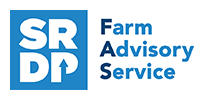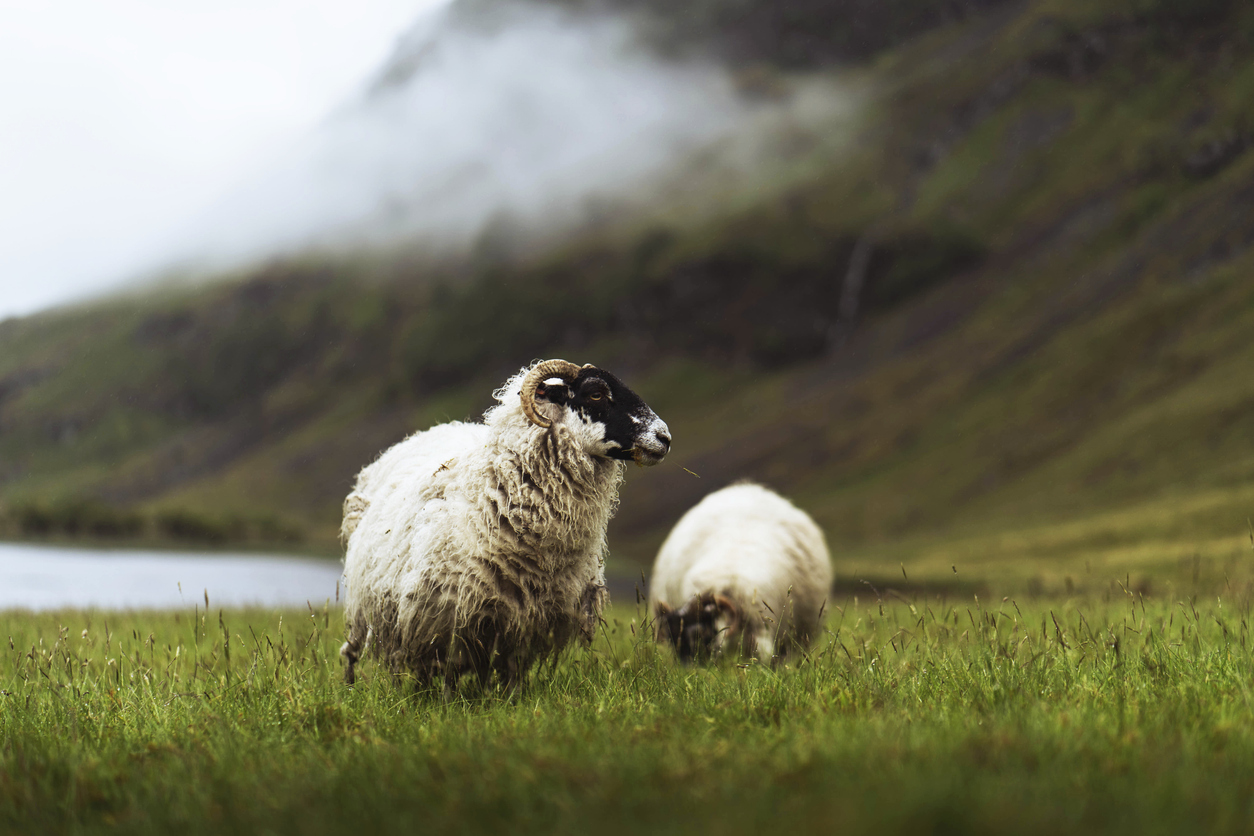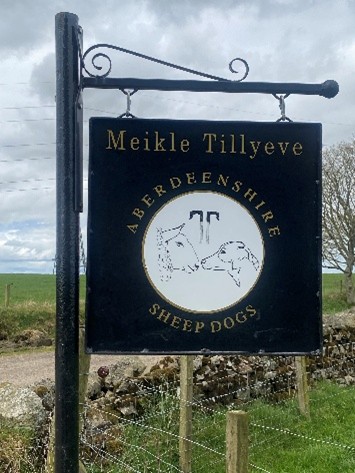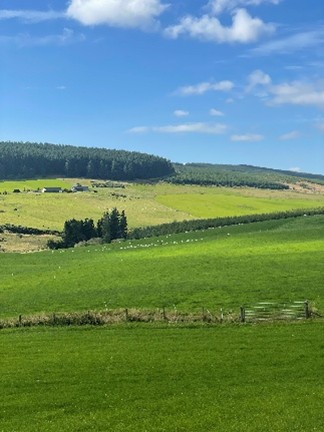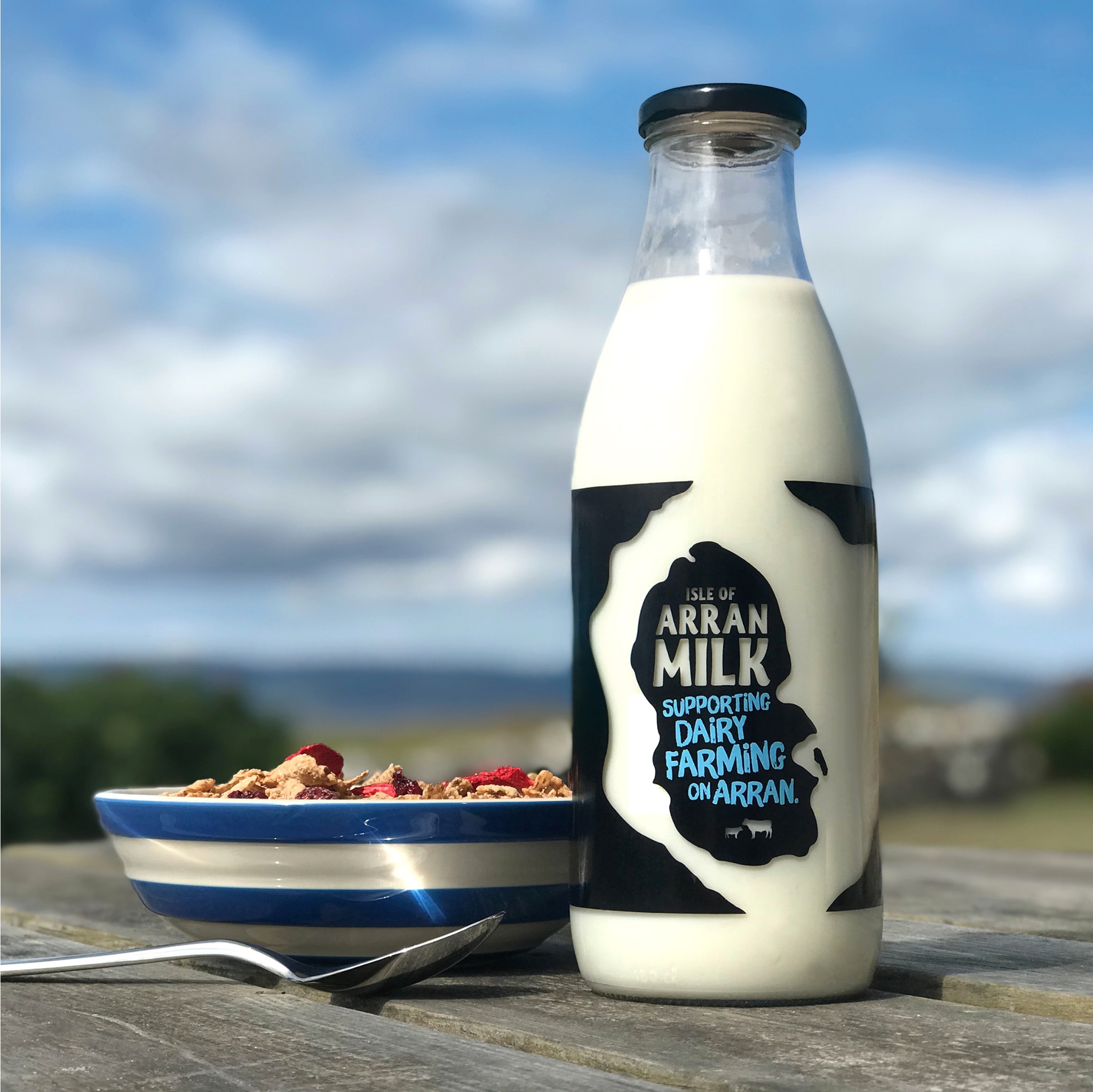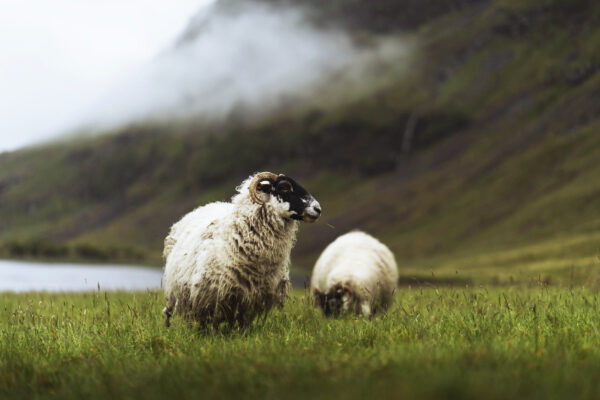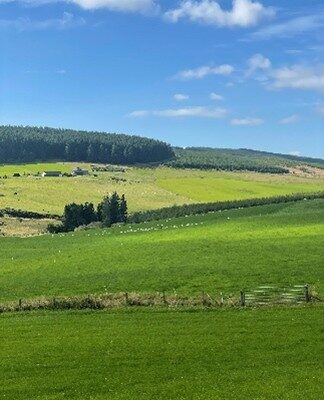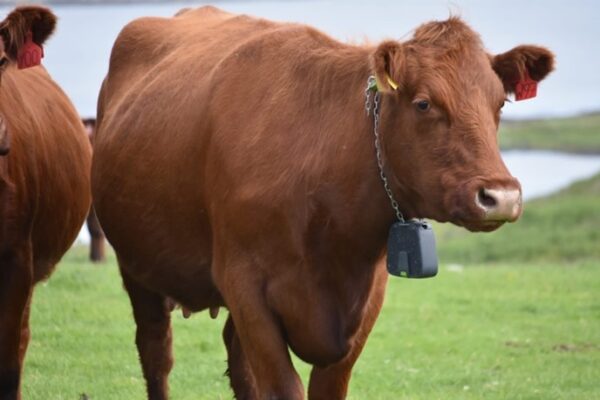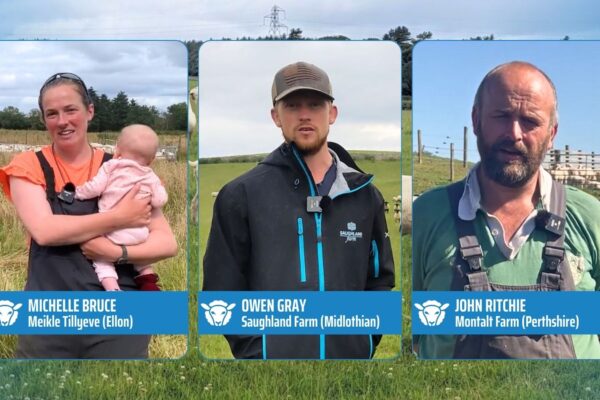Monitoring Flock Performance Case Study (South)
23 May 2025Owen Gray, Saughland Farm, Midlothian
Using flock and ewe-level data to improve profitability, reduce labour requirement, and lower lamb losses
The team at Saughland Farm has made major strides in sheep system efficiency by placing data at the heart of their decision-making. By 2019, the system was under strain: high stocking rates, lamb losses around 20%, and increasing labour demands during lambing were taking a toll. The team recognised the need to improve flock productivity while keeping the system manageable for a small team. By monitoring pasture supply, they identified an overstocking issue. Lamb loss records highlighted the Romney breed as having the lowest mortality on their farm (other breeds trialled include Lleyn, cheviot, and Aberfield). As a result, they made the decision to destock by 400 ewes by culling the poorest performers. This reduced pressure across the system, improved rearing rates, and led to greater overall profitability.
The Farm by Numbers:
- Farm Type: Upland Beef and Sheep
- Size: Over 400 hectare (1000-acre) including some rented ground nearby
- Livestock: 1700 ewes (including 300 ewe lambs), 100 suckler cows
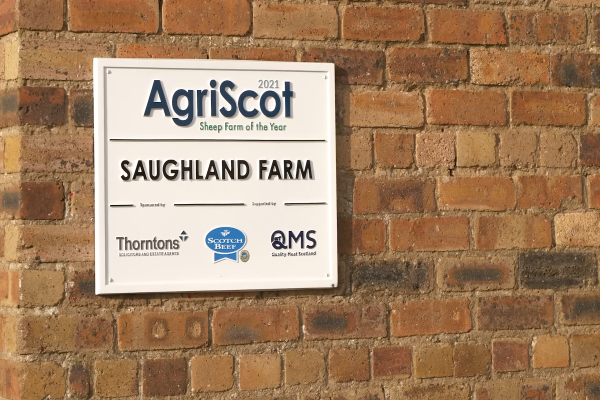
Saughland Farm is owned by Richard Callander. Land, housing, and financial matters are managed by Ben McClymont, who also provides estate management support to neighbouring farms alongside helping on the farm when needed. The livestock enterprise is managed by Owen Gray, with support from stockperson Louise Pittendrigh. As a non-family-run farm, labour planning is essential—contracts must comply with working time regulations and include holiday entitlement to attract and retain skilled staff. While fair working conditions are a priority, the system also needs to be highly efficient. With livestock requiring daily care, low-labour, low-input systems are vital. The farm also operates a business centre offering high-quality office and workshop space. In this mixed-use setup, the livestock enterprise must continually prove its value by remaining profitable and independent of subsidy support.
Flock Efficiency Through Data-Driven Selection
By analysing scanning percentages, rearing rates, and full birth-to-slaughter performance at both the ewe and lamb level, the team identified underperforming animals and reduced ewe numbers by 400—from 2,100 in 2019 to around 1,700 today.
Despite fewer ewes, better-performing stock led to:
- Scanning uplift from 160% to 180%
- Improved 104 day average weaning weight from 26kg to 30kg
- Improved ewe efficiency (kg lamb weight weaned per kg of ewe weight mated) from 48% to 67% - largely driven by increased output but ewe weight has reduced slightly.
- Reduced ewe replacement rate by 5% through better ewe longevity.
Breed Selection for Survival and Independence
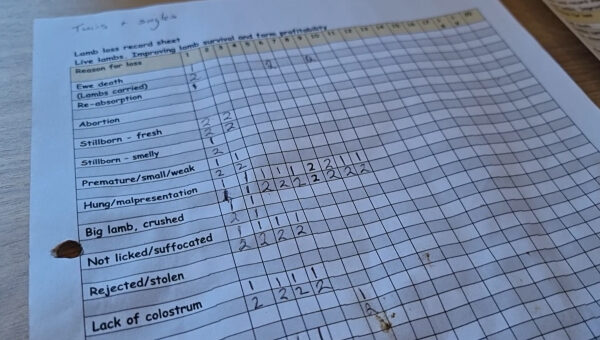
Within their crossbred flock, Romneys consistently showed lower lamb mortality. The team decided to develop the Romney line further, valuing their outdoor lambing suitability, maternal instincts, and resilience.
Ewe lambs are bred to Shetland cross Suffolk rams, with high conception rates (80%) and a tight 4-week lambing period.
Their ‘B Flock’ (those they do not wish to breed replacements from) are put to their homebred Suffolks. These are selected on ‘days to slaughter’ and are Signet Recorded and CT scanned for good carcase traits. The Suffolks are reared commercially, grassfed with a high focus on high health status and sold as shearlings off farm.
Low-Input, Outdoor Lambing
In 2025, the entire flock lambed outdoors (except pedigree Suffolks), including triplets. Previously, ~300 ewes lambed indoors. This was successful and led to fewer cases of watery mouth and a reduction In labour. The ‘A Flock’ ewes—those selected to breed replacement ewe lambs— are closely recorded, with individuals displaying undesirable traits either demoted to the B Flock or culled. In 2025, the most common reason for demotion was inturned eyelids.
Lambing groups are kept small (<40 ewes), which lowers mismothering and simplifies monitoring.
Stocking at 9–10 ewes/ha, with simple three-wire electric fencing.

Monitoring Ewe Condition and Grass Supply
All staff are trained to assess sward height and ewe condition, using sward sticks and consistent body condition scoring.
Paddock grazing and quantified tupping covers are central to nutrition management. Rotational grazing pre- and post-tupping helps maintain body condition and scanning performance.
Outcomes
- The lambing system in 2025 was managed with three labour units, increasing to four during the first nine days to support peak workload, with staff working 12-hour shifts. Outdoor lambing, a reduced flock size, and selection for ewe independence all contributed to making the system more manageable.
- Lamb Losses Held Under 15%: Strategic culling, improved pasture management, and attention to ewe condition have helped stabilise losses.
- Future-Proofing: Recording traits like tail length and resilience to worms positions the flock for future welfare and efficiency standards.

Figure 1: Hours of labour per kilogram of liveweight - ensuring business change is not resulting in reduced labour efficiency
Looking Ahead
Saughland continues to monitor:
- Lamb growth to select breeding stock with strong maternal genetics that also grow well. The Romney breed rear more kilograms of lamb but they are slower growing currently.
- Suffolk flock performance to encourage grass-based high performance in the lambs.
- Forage options, such as red clover and kale, to finish more lambs on farm and reduce reliance on store markets.
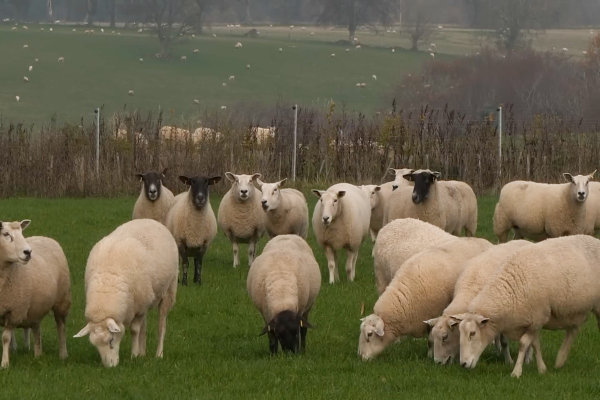
Vlog Series
FAS has followed Owen from Summer 2024 through to lambing 2025 on a vlog series, watch his journey here Monitoring Flock Performance Vlog Series | Helping farmers in Scotland | Farm Advisory Service
Useful FAS Resouces:
Technical note (TN747): Recording lamb traits | Information helping farmers in Scotland | Farm Advisory Service
Promoting Lamb Survival Information Sheet | Information helping farmers in Scotland | Farm Advisory Service
Using Estimated Breeding Values In Sheep | Information helping farmers in Scotland | Farm Advisory Service
Poppy Frater, SAC Consulting
Sign up to the FAS newsletter
Receive updates on news, events and publications from Scotland’s Farm Advisory Service
